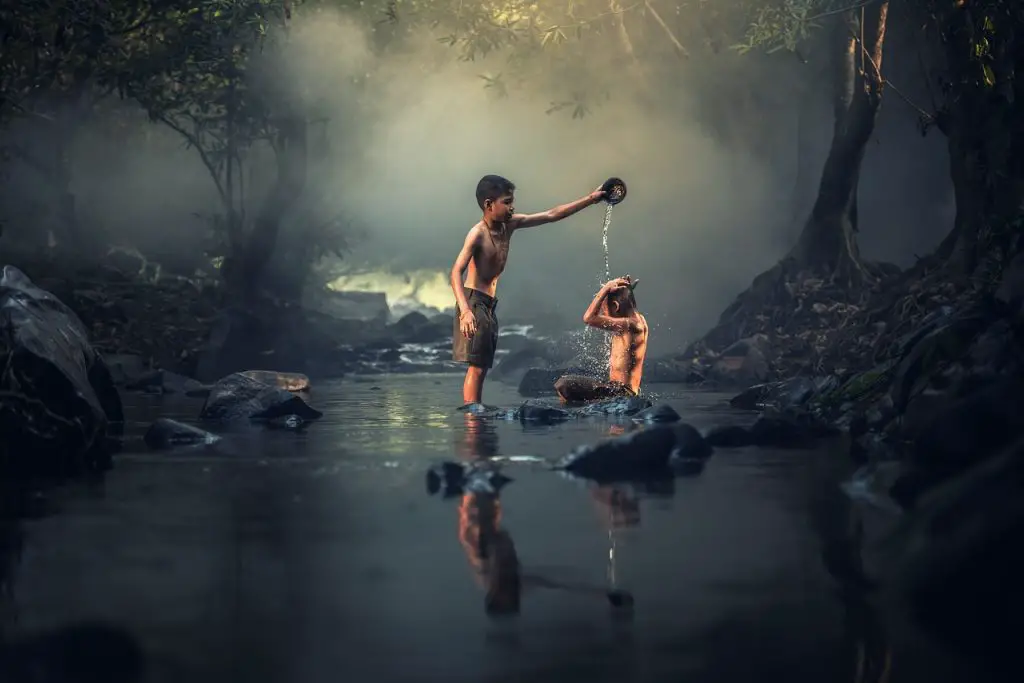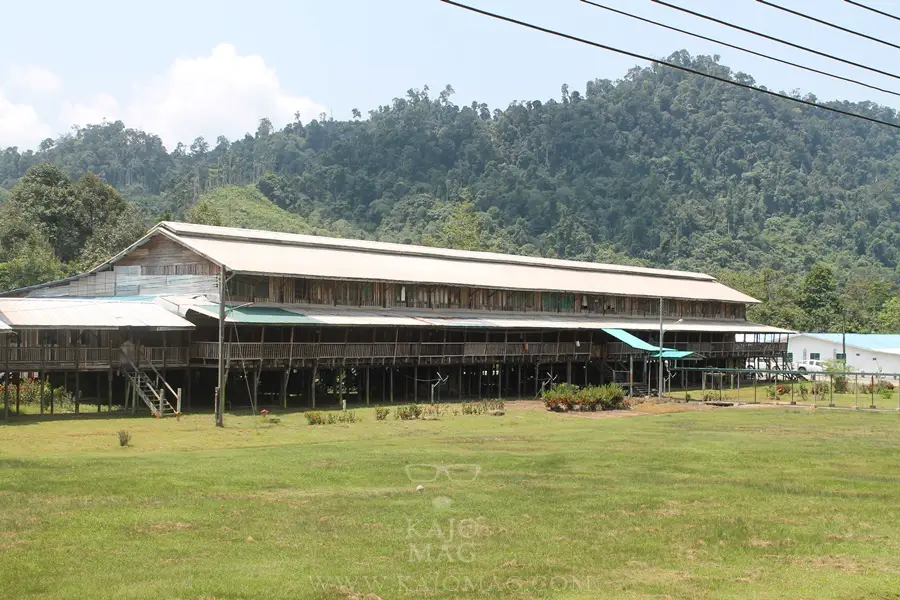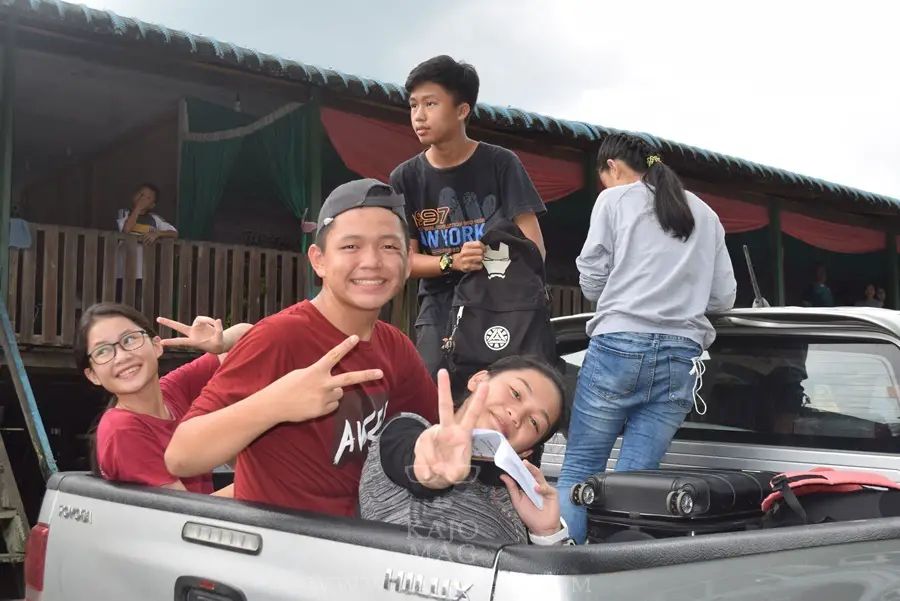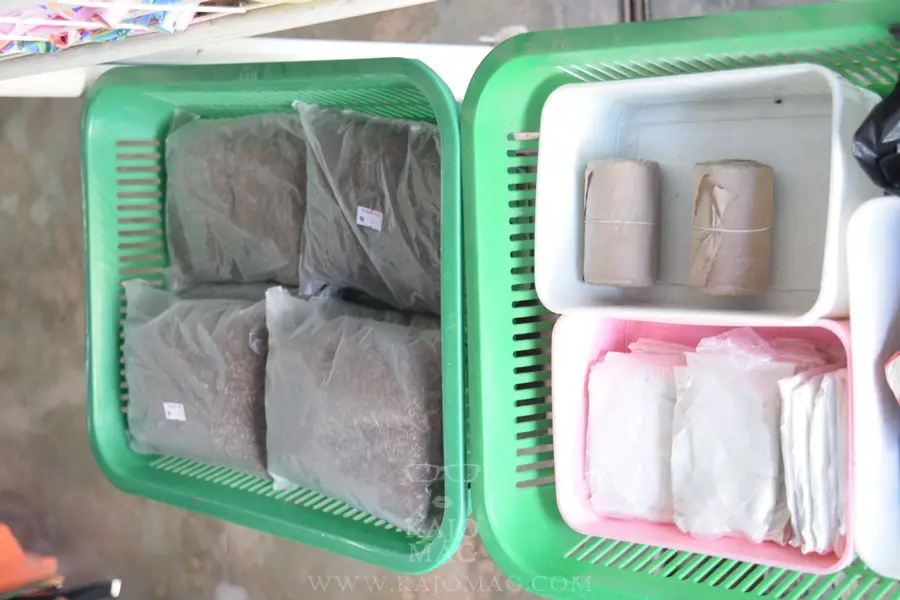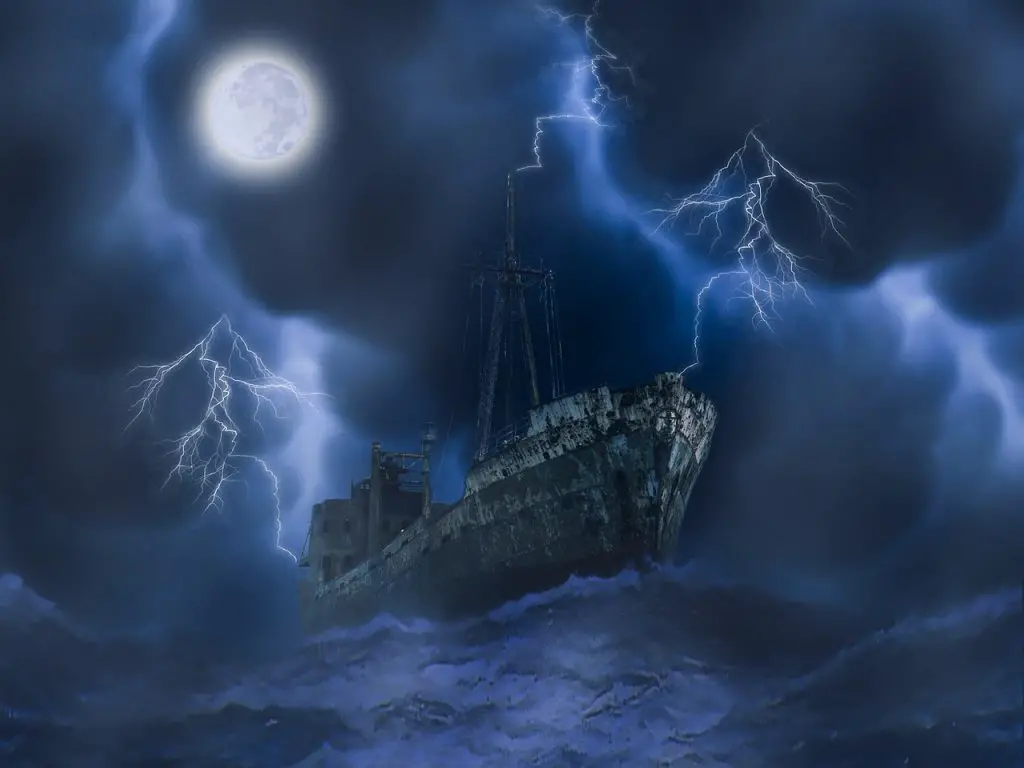Before logging for timber became one of Sarawak’s most controversial practices in the 20th century due to issues in scale and transparency, part of the Sarawak economy in the 19th century depended on other products from the rainforest as well.
With the dense rainforest available, Sarawakians have been relying on forest products as a source of livelihood for centuries.
These forest products were not limited to personal consumption but also for trade and commercial use.
Here are at least six Sarawak forest products that were greatly sourced during the 19th century.

1.Gutta-percha
Gutta-percha is naturally inert, resilient, electrically non-conductive thermoplastic latex produced from the sap of trees of the genus Palaquium.
Long before gutta-percha was introduced to the western world, gutta-percha was used for making knife handles, walking sticks and other purposes.
After it was discovered as a good electrical insulator, western inventors used it to insulate telegraph wire by 1845.
Here in Sarawak, the gutta-percha was mainly collected and processed to trade with the Chinese during the 19th century.
American zoologist and the first director of the New York Zoological Park William Temple Hornaday visited Sarawak in 1878. He travelled around the country observing the local cultures, including the Dayaks.
This was how Sarawakians processed gutta-percha back then, according to Hornaday.
“The native found a gutta tree, about ten inches in diameter and after cutting it down, he ringed it neatly all the way along the stem, at intervals of a yard or less.
Underneath each ring he put a calabash to catch the milk-white sap which slowly exuded. From this tree and another about the same size, he got about four quarts of sap, which, on being boiled that night for any special benefits, precipitated the gutta at the bottom in a mass like dough.
The longer it was boiled the harder the mass became, and at last it was taken out, placed upon a smooth board, kneaded vigorously with the hands and afterwards trodden with the bare feet of the operator. When it got almost too stiff to work, it was flattened out carefully, then rolled out in a wedge-shaped mass, a hole was punched through the thin end to serve as a handle and it was declared ready for the trader.
And he also observed how the sellers tried to trick the traders:
I have seen the Dyak roll up a good-sized wad of pounded bark in the centre of these wedges crude gutta, in order to get even with traders who cheat in weight, but I have also seen the sharp trader cut every lump of gutta in two before buying it. The crude gutta as a mottled, or marbled, light-brown appearance, is heavy and hard, and smooth on the outside.”
2.Nypa fruticans
Did you know that the large stems of Nypa fruticans (nipa palms) are used to train swimmers in Myanmar because of its buoyancy?
Meanwhile in Sarawak, this plant was used for various functions, from roofing, to basketry and even to make sugar.
In 19th century Sarawak, every part of the palm was turned into a different kind of forest products.
According to British colonial officer Hugh Low, nipa palms “though in growth amongst the humblest of the palm tribe, in its value to the native of this island is inferior to few of them.
“It is found on the margins of the rivers as far as the saltwater extends, and large salt marshes at the mouths of rivers are covered with it to the extent of thousands of acres; its chief value is for covering houses, the leaves of which for this purpose are made into ataps, and endure for two years.
“Salt is made in some places from its leaves by burning them, in others sugar is extracted from syrup supplied by its flower-stem. The fruit, though tasteless, is esteemed by the natives, and to make an excellent preserve. Its leaves, on luxuriant plants, are occasionally twenty feet long, all growing from the centre.”
3.Rattan
From the 19th century to this day, rattan is one of the most durable Sarawak forest products. It is not just bendable but it is also perfect for weaving.
Today, you can find it mainly used to make rattan mats and woven rattan baskets. In the olden days, it was even used to build longhouses when there were no nails available.

4.Dammar
Dammar is a resin usually obtained from tapping trees although some is collected in fossilised form from the ground.
Like many of Sarawak forest products, dammar has a wide variety of uses. It can be burned to fuel fire, dissolved in molten paraffin wax to make batik, as incense and varnish.
According to Low, the Dayak mixed damar with oil to caulk their boats and make them leak-proof.
5.Oils
Speaking of oils, you can still get our native oils or ‘butter’ at the tamu or local markets today.
Here’s how the Dayaks once collected the minyak engkabang, according to Reverend Andrew Horsburgh in his book Sketches in Borneo (1858):
“Mengkabang, or vegetable tallow (Dipterocarpus) is procured in the following manner from one of the wild fruits of the jungle. When the fruit, a species of nut, has been gathered, it is picked, dried and pounded and after being thoroughly heated in a shallow cauldron, it is put into a rattan bag and subjected to a powerful pressure. The oil oozes from the bag, and being run into bamboo molds is there allowed to cool, in which state it becomes hard and yellow, somewhat resembling in purified bees’ wax. It is principally used by the Dyaks and Malays for cooking, being very palatable, but in this country it is employed for the manufacture of patent candles, for which it is superior to palm oil.
The press employed by the Dyaks in expressing these oils is, like many other of their contrivances, both simple and effective. It consists of two semi-cylindrical logs about seven feet long, placed in an upright position, their flat surfaces being fitted together and their lower ends securely fastened into each other.
On each of their upper ends a stout knob is cut, and a third piece of wood, about two feet long and three inches wide, is put over the knobs so as to clasp them together. Wedges are then inserted between the outside of the knob and the inside of the hole, and these when driven home subject whatever is between the logs to a powerful pressure.”
6.Bamboo
Bamboo was one of many multipurpose forest products in Sarawak during the 19th century. Thanks to its hard and durable surface, it was largely used for furniture, houses and bridges.























